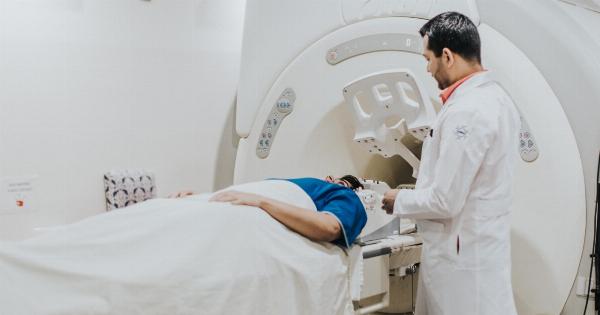Neuroscientists have discovered a novel “fear pathway” in the brain that could help explain how humans and animals react to danger.
The study, published in the journal Nature Neuroscience, reveals how the brain processes fear and could pave the way for new treatments for anxiety and other fear-related disorders.
The amygdala and fear processing
The amygdala is a small almond-shaped structure in the brain that is known to play a role in fear processing.
When a person or animal is exposed to a threat, the amygdala triggers a fear response, such as increased heart rate, sweating, and the release of stress hormones.
For years, scientists have believed that the amygdala was the only pathway for fear processing in the brain. However, recent studies have challenged this notion and suggested that there could be alternative pathways that are still undiscovered.
The study
The new study led by neuroscientist Dr. Amar Sahay at the Harvard Stem Cell Institute aimed to identify new fear pathways in the brain.
They conducted experiments on mice and used a technique called “optogenetics” to selectively activate or inhibit specific neurons in the brain.
They found that when they activated a group of neurons in the hippocampus, a part of the brain that is involved in memory and learning, the mice froze in fear, even when they were not exposed to any threats.
This suggested that these neurons were responsible for processing fear memories.
The researchers then used a technique called “clarity” to make the brain tissue transparent and were able to trace the pathways that connect the hippocampus to the amygdala.
They found a direct connection between the two structures, suggesting that the hippocampus could be a new fear pathway in the brain.
Implications for anxiety disorders
The discovery of a new fear pathway in the brain could have important implications for the treatment of anxiety disorders, such as post-traumatic stress disorder (PTSD) and phobias.
Dr. Sahay explains that “Understanding these fear pathways could help us develop new treatments that target specific parts of the brain and alleviate the symptoms of anxiety disorders.”.
Current treatments for anxiety disorders, such as counseling and medication, are not always effective and can have side effects.
Having a better understanding of the brain circuits that underlie fear and anxiety could lead to the development of more targeted and effective treatments.
Future research
The discovery of a new fear pathway in the brain opens up new avenues for research into how the brain processes fear and anxiety.
Researchers can now investigate how this pathway interacts with other fear pathways in the brain and how it could be targeted for therapeutic purposes.
Dr. Sahay and his team plan to further investigate the role of the hippocampus in fear processing and how it could be used to develop new treatments for anxiety disorders.
Conclusion
The discovery of a new fear pathway in the brain is a significant advance in our understanding of how the brain processes fear and anxiety.
This knowledge could lead to the development of new and more effective treatments for anxiety disorders, which affect millions of people worldwide.
Further research in this area could also provide insight into other areas of neuroscience, such as learning and memory, and could have implications for a wide range of neurological and psychiatric disorders.




























